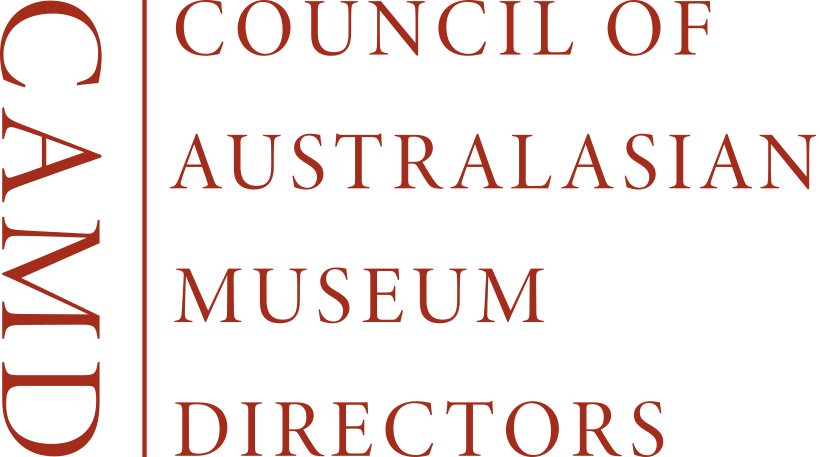Rhiannon Clarke, Prize-winning art celebrates the resilience of First Nations by reclaiming ‘Flawed’ Aboriginal word dictionary, National Indigenous Times, 18 April 2024

Gulumerridjin (Larrakia), Wardaman and KarraJarri Saltwater artist Jenna Lee has been awarded the prestigious Open Prize at the Waterhouse Natural Science Art Prize.
This biennial competition, organised by the South Australian Museum, recognises the harmonious blend of art and the natural world.

Ms Lee’s winning sculpture Grass Tree – Growing Together spins, was Inspired by the resilience and renewal of First Nations languages, which spins the pages of a decades-old dictionary of Aboriginal words and place names into a black-and-white tribute to the native Grass Tree.
“By transforming a flawed Aboriginal word dictionary into a pair of Grass Trees, I draw parallels between First Peoples’ linguistic resilience, and this plant’s ability to rise from ashes,” Ms Lee said.
“This work celebrates the enduring spirit of both traditional language and flora in the face of their ecologies’ near destruction.”
The announcement of Ms Lee’s win took place at the South Australian Museum, just before the grand opening of a significant exhibition that highlights both the winners and finalists. As the recipient of the Open Prize category, Lee was awarded a $30,000 cash prize, sponsored by IAS Fine Art Logistics.
Jenna Lee in the studio, (Image: Jade Florence)
The panel of judges for this year consisted of Dr Erica Seccombe, who won the Waterhouse prize in 2018 and is a Senior Lecturer at the Australian National University, Dr Jordan Pitt, the Associate Dean of Indigenous Strategy and Services at the Faculty of Sciences, University of Sydney, Robert Reason, the Director of the David Roche Foundation, and Justine van Mourik, the Director of Public Engagement at the South Australian Museum.

According to the judges, the exhibition “Grass tree – Growing together” showcased a profound connection to nature, culture, and art, while also addressing the complex colonial tensions that exist within the western traditions of natural history.
“The words and knowledge gathered in publications like Aboriginal Words and Place Names were often recorded by missionaries, explorers, and anthropologists with a range of motivations that rarely considered the agency and cultural authority of the people they were studying,” the judges wrote.
“Despite these inequalities collections and archives like those in the South Australian Museum are now being reclaimed by First Nations communities to celebrate and revive language and culture.
“By cutting up and reshaping these pages and the knowledge they hold, Lee’s winning work is a physical embodiment of that process of interrogation, reappropriation, and renewal.”
Grass Trees – Growing Together by Jenna Lee (Image: Angus Northeast)
The Queensland-based Pakana artist Andrew Gall was awarded with the $10,000 Emerging Prize category, which was sponsored by Hill Smith Art Advisory. His creation, the 3D-printed shell necklace Coming Together, caught the attention of the judges and secured him this prestigious award.

Gall said his work – the first time a traditional kanalaritja shell necklace has been made using 3D-printed porcelain – asks probing questions about climate change, as rising ocean acidity imperils the shells that form an essential part of this sacred cultural practice.
“My research was informed by published knowledge and first-hand accounts of pakana ‘shell stringers’, the custodians of kanalaritja,” Gall said.
Andrew Gall Emerging Prize category winner (Image: Andrew Willis)
“I developed a process to make 3D-printed porcelain shells, so they look, feel and act like the natural shells, and are safe from climate change and its devastation.”
Ms Lee’s work, alongside all the finalists across Open Prize and Emerging categories will be featured in a major exhibition running at the South Australian Museum until 10 June.
A $5,000 People’s Choice Prize sponsored by the K&S Langley Fund will also be awarded by public vote at the exhibition’s conclusion.

Minister for Arts, Andrea Michaels, congratulated both Jenna Lee and Andrew Gall for their well-deserved recognition in this year’s Waterhouse Natural Science Art Prize, and for reminding us of the important role art can play in helping us engage with the natural world.
“I look forward to taking in the full scope of this year’s Waterhouse Natural Science Art Prize competition and celebrating an extraordinary group of shortlisted artists.
“This biennial celebration of the natural world and the artists who are inspired by it is another great reason to visit the South Australian Museum – a beloved institution and the home of science, culture, and learning in our state.”

